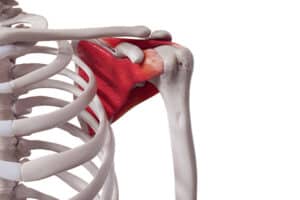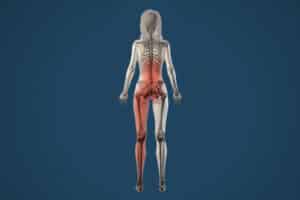Sit Stand Desk Definition
A sit-stand desk refers to a desk or desktop workstation that can be height-adjusted to allow the user to switch between standing or sitting positions at their will. These two formats are as follows:
- The full-sized sit-stand desk typically has the traditional rectangle-shaped desktop, which can be height-adjusted manually or electronically if it is motorized.
- A desktop workstation is an accessory that is placed on top of a regular desk and can be height-adjusted to lay flat on the desk allowing for seated use, or be raised to a point that allows the user to stand at the desk. These also come as either manual or motorized.
Why Switch to a Sit-Stand Desk?
The purpose of a sit-stand desk is to allow a more ergonomic approach to desk use, especially in a work environment where the user may be restricted to one for hours on end. Two significant changes a sit-stand desk may provide include the following:
- The simple freedom to quickly change between seated and standing postures can give the user a way to resist overusing certain muscles and underusing others. For example, in individuals who spend too much time sitting, the hamstrings and hip flexors are often tight, while the quadriceps and gluteals are often weak. The opposite tends to occur in those who spend too much time standing. Also, there is the notable tendency to start to round inward at the shoulders and hunch forward at the spine when seated at a computer for a long time.
- More calories are burned while standing than while sitting, as a standing posture requires more musculature to be used and is thus more metabolically demanding. In other words, it is a more “active” position.
Furthermore, there are many research studies that show positive correlations between stand-sit desks and improved health. This, along with the abundance of research that outlines the potentially negative implications of sedentary lifestyles (a prime example being one that includes a seated desk job), creates a very positive image of stand-sit desks! Much of this can likely be attributed to the two facts just listed above. The following is a list of the findings from some of these studies:
- Using a standing desk may result in lower blood sugar levels
- Sitting is associated with obesity and metabolic disease
- Standing desks and sit-stand desks seem to help reduce pain in the neck, shoulders, and back
- Sedentary lifestyles are associated with obesity, cancer, heart disease, stroke, diabetes, and neck pain, among other negative health issues
How Much is a Sit-Stand Desk?
The desktop workstations are generally cheaper than the full sit-stand desks, and typically range between $100-$300. For the full sit-stand desk, the adjustable frame alone can range between $250-$800, with even greater costs for those that include the desktop attachment.
Other Considerations
It is important to mention that transitioning to a stand-sit desk may not feel great at first, especially if you have been used to sitting at a desk for years. This is where you need to take advantage of the adjustable height; gradually increase your tolerance for standing until the body can adapt to the more physically demanding position.
As mentioned previously, an always-standing position is not necessarily the goal – it is good to vary the amount of time you spend in each position just like it is important to vary your diet, hobbies, and so on. This occasional change of position, as well as periodically taking microbreaks to do some quick stretches or exercises, may help to take the sedentary aspect out of a desk job to make it easier on your body and keep you healthier.
References
https://www.healthline.com/nutrition/7-benefits-of-a-standing-desk#section3
https://www.ncbi.nlm.nih.gov/pubmed/24297826
https://www.prevention.com/health/g20503004/benefits-of-standing-desk/
https://www.ncbi.nlm.nih.gov/pubmed/25599350
https://www.ncbi.nlm.nih.gov/pubmed/15681386
https://www.huffingtonpost.com/thomas-b-trafecanty/the-benefits-and-consider_b_9996782.html








